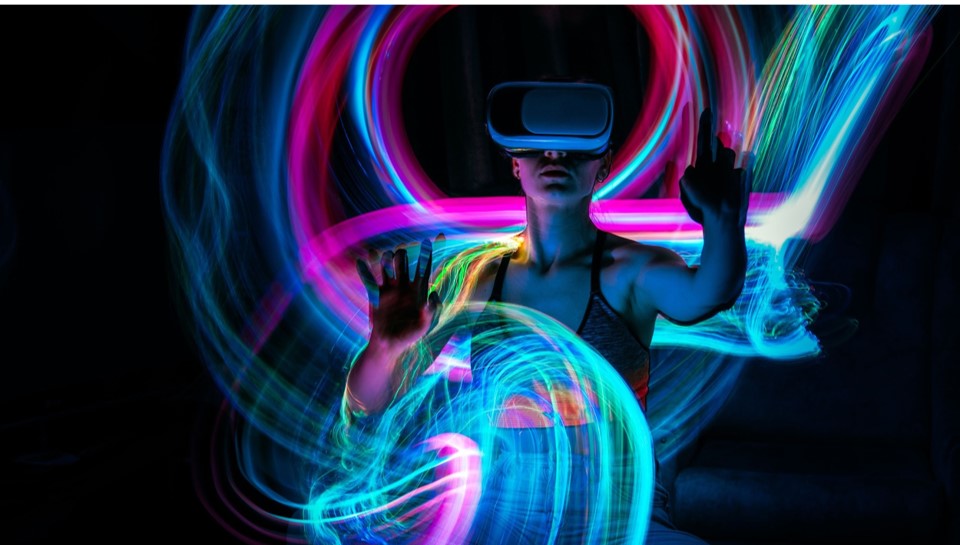Sometimes, it all starts with a simple phone call. University of Waterloo alum Mario Montana received a call from his alma mater looking for financial support and was happy to make a monetary gift. He also wanted to give back to the university in a different way to mentor researchers and entrepreneurs and help bring their innovations to the marketplace. After more than 30 years working in all aspects of the semiconductor industry, Montana had plenty of experience and insight to share and wanted to put this to use and help commercialize research being done at Waterloo.
Semiconductors and TFTs
He was introduced to Prof. William Wong and Prof. Manoj Sachdev, both experts in electronic materials growth applied to MicroLEDs, and low power/high performance circuitry based on Thin-Film Transistors (TFTs) used for driving MicroLED pixels, respectively. The synergy between Professors Wong and Sachdev research resulted in a significant number of patents and innovations over a period of more than 10 years. Montana’s experience in the semiconductor industry would be a perfect complement for their research that fundamentally changes how electronic displays work.
Everything is on Display
The number of devices with screens continues to grow, from laptops and cellphones, to smartwatches, and countless other instances such as in industrial, automotive and military applications. Demands on display quality have also increased very quickly, giving users sharper resolution and brighter, more vivid colours. However, all this comes at a cost in terms of power consumption. “In many devices, about a third of power consumption is just displaying data, and power demands will only increase” says Prof. Sachdev. Through his effective power supply management strategies, and Wong’s expertise on creating MicroLED media and transferring these onto TFT backplanes, they have managed to enhance the brightness of flat panel displays while reducing their energy consumption by anywhere from 30-50%. With power grids under strain around the globe, and energy-efficient technologies for environmentally friendlier products are a critical concern. The benefits of MicroLED displays over traditional LCD and OLED displays are many and will over time spread into many applications and use cases.
‘CMC is working towards building a secure semiconductor future for the Canadian ecosystem’
Walk, then Run
The Lumatus business model is measured and strategic. “The launch of Lumatus and the growth potential are very exciting, but we are learning to walk, then run – licensing patents and intellectual property, providing engineering services for integration of the technology in customer applications – building a strong foundation” says Montana. In the next 2-3 years, Lumatus Semi plans to move from a licensing business model to a product company building custom MicroLED displays for OEMs. “The need for MicroLED display technology in certain applications is quite large and we believe that a North American based company stands to uniquely serve customers operating in the military and industrial markets”.
Working with CMC for over 25 years
Sachdev has been using CMC’s design and fabrication services for 26 years, and the firm looks forward to working together closely. With countries looking to strengthen supply chains and build domestic semiconductor manufacturing capacity, they could be in their “running” phase soon. Defense applications for displays are growing just as quickly as consumer applications. Cockpit instrumentation, command & control systems, avionics, and other vehicle systems increasingly use headsets to display critical data to military personnel. Battery longevity is paramount in defence applications, as is a secure supply chain to manufacture sensitive technology. “CMC is working towards building a secure semiconductor future for the Canadian ecosystem” says Montana “strong manufacturing capacity in Canada will be a huge benefit for companies like us.
July 2024

